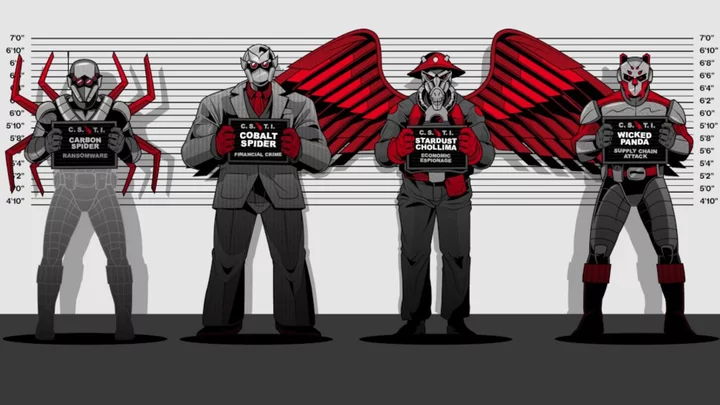While millions of people own cats and dogs and wouldn’t dream of getting rid of them, pets pose a health risk to humans that is massively overlooked, according to a new study.
Since the Covid-19 pandemic swept the world with devastating impact, it has become evident how much of a risk new viruses can pose to our well-being.
However, experts are warning that it is not just the wildlife trade or exotic animals that we should be concerned about, as pets could also be sources of zoonotic diseases (which jump from animals to humans).
Back garden pets, house pets, working animals and even rodents and pests could host new viruses that could affect humans, according to a new study.
It warns that the urbanisation of our habitats and climate change will have an impact on diseases and their dynamics.
The study was shared in Science Translational Medicine and penned by disease ecologist Amandine Gamble along with a group of colleagues, who gave examples of how companion animals (aka pets) and stray animals carried a risk of zoonotic spillover.
While the risk is thought to be small, experts warn it is significantly underappreciated, especially given the frequent proximity human beings have to pets and strays.
The study said: “These animals can play critical roles in zoonotic spillover by enabling the maintenance of a zoonotic pathogen, facilitating its spatial spread, acting as a bridge between otherwise unconnected species, or providing particular opportunities for its evolution.”
While the zoonotic spillover that caused Covid-19 sparked a global pandemic, any instance of infection that jumps from animal to human is known as a zoonotic, regardless of the numbers affected.
Pet parrots are a known transmitter of the Chlamydia psittaci bacterium to humans. Elsewhere, bats and horses are also known sources of zoonotic diseases. In terms of common household pets, cats can act as a link to a number of fatal diseases.
The experts explained: “Numbers of infections are low, but plague is endemic in 17 western U.S. states, and many of the small mammals on which cats prey carry Y. pestis.
“Consequently, outdoor cats and cats with incomplete veterinary care, combined with human interaction, suggest that cat-transmitted plague can be considered an increasing public health risk.”
They conclude that “it is critical to implement surveillance programs allowing us to track changes in pathogen dynamics”.
Sign up to our free Indy100 weekly newsletter
Have your say in our news democracy. Click the upvote icon at the top of the page to help raise this article through the indy100 rankings.









